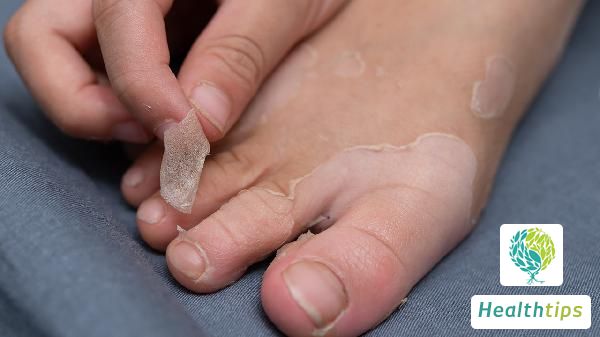"What are the Indicators in Bowel Movements and Urination when Jaundice Resolves?"
Urination and Defecation: Understanding the Signs of Jaundice Improvement

Urination and defecation refer to the excretion of urine and feces, respectively. The manifestations of improved jaundice in terms of urination and defecation include lighter urine color, paler feces color, normal frequency and volume of feces, normal urine output, and normal feces consistency. It is recommended to seek medical attention promptly, and upon identifying the underlying cause, follow the doctor's instructions for appropriate improvement or treatment measures. Detailed analysis is as follows:
1. Lighter Urine Color
Under normal circumstances, bilirubin is excreted through urine and feces, leading to changes in urine color, which may appear dark yellow or soy sauce-like. As jaundice subsides, the urine color gradually fades, transitioning from dark yellow or soy sauce-like to pale yellow.
2. Paler Feces Color
With the resolution of jaundice in the body, the color of feces also gradually lightens, potentially shifting from dark yellow or golden yellow to pale yellow.
3. Normal Frequency and Volume of Feces
Persistent elevation of bilirubin levels in the body can lead to constipation or digestive dysfunction, affecting bowel movements. As bilirubin metabolism improves, the frequency and volume of feces gradually return to normal, typically eliminating symptoms such as diarrhea or constipation.
4. Normal Urine Output
During illness, some patients may experience oliguria (reduced urine output) or anuria (no urine output). As jaundice subsides, urine output gradually normalizes, typically resolving symptoms of oliguria or anuria.
5. Normal Feces Consistency
With disease recovery, feces consistency also gradually returns to normal, typically avoiding symptoms such as loose or watery stools.
During treatment, it is advisable to drink plenty of warm water to promote metabolism and aid in recovery. A diet rich in fresh fruits and vegetables is recommended. If the condition occurs in infancy, adults should closely monitor the baby's condition and promptly communicate with a doctor if any abnormalities are observed.



















